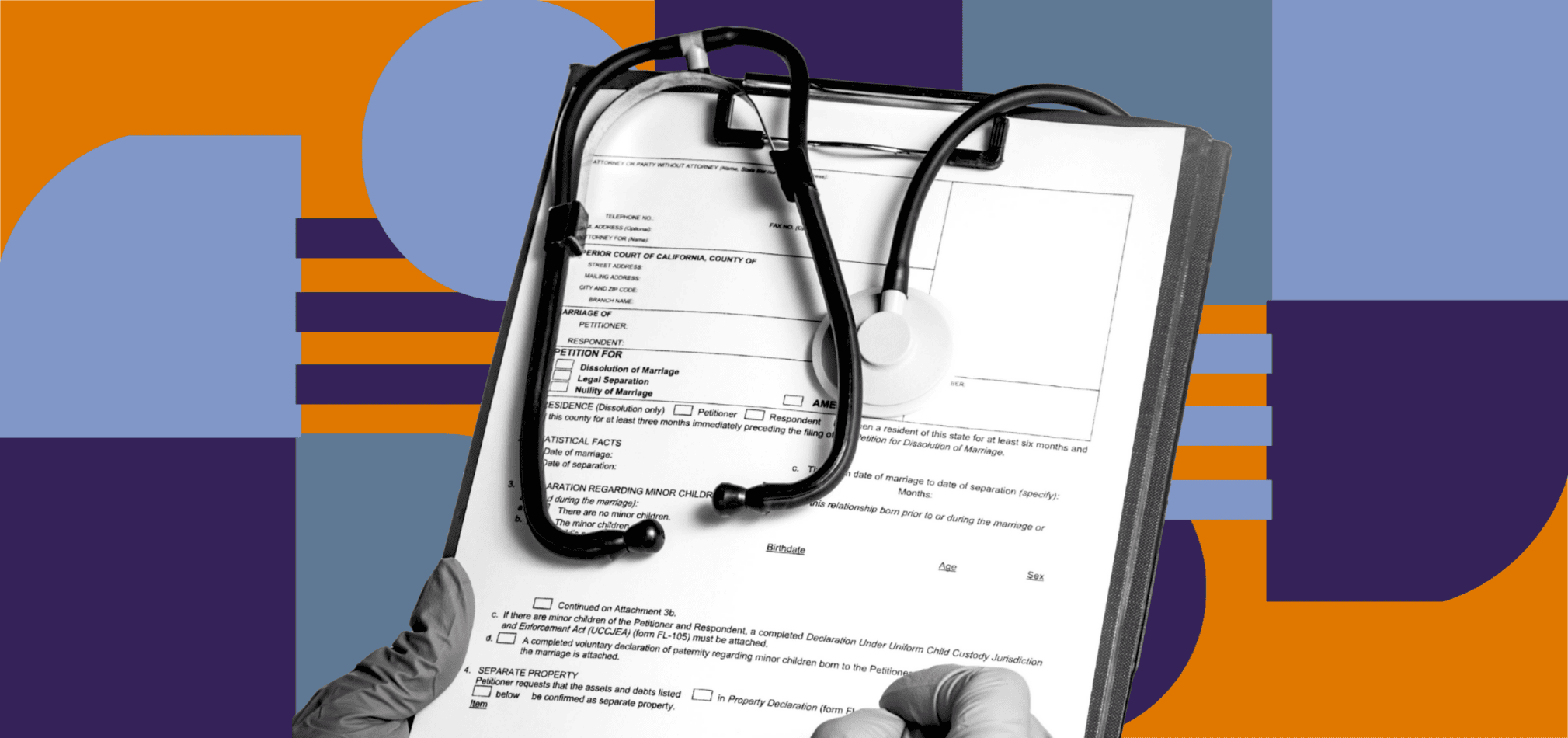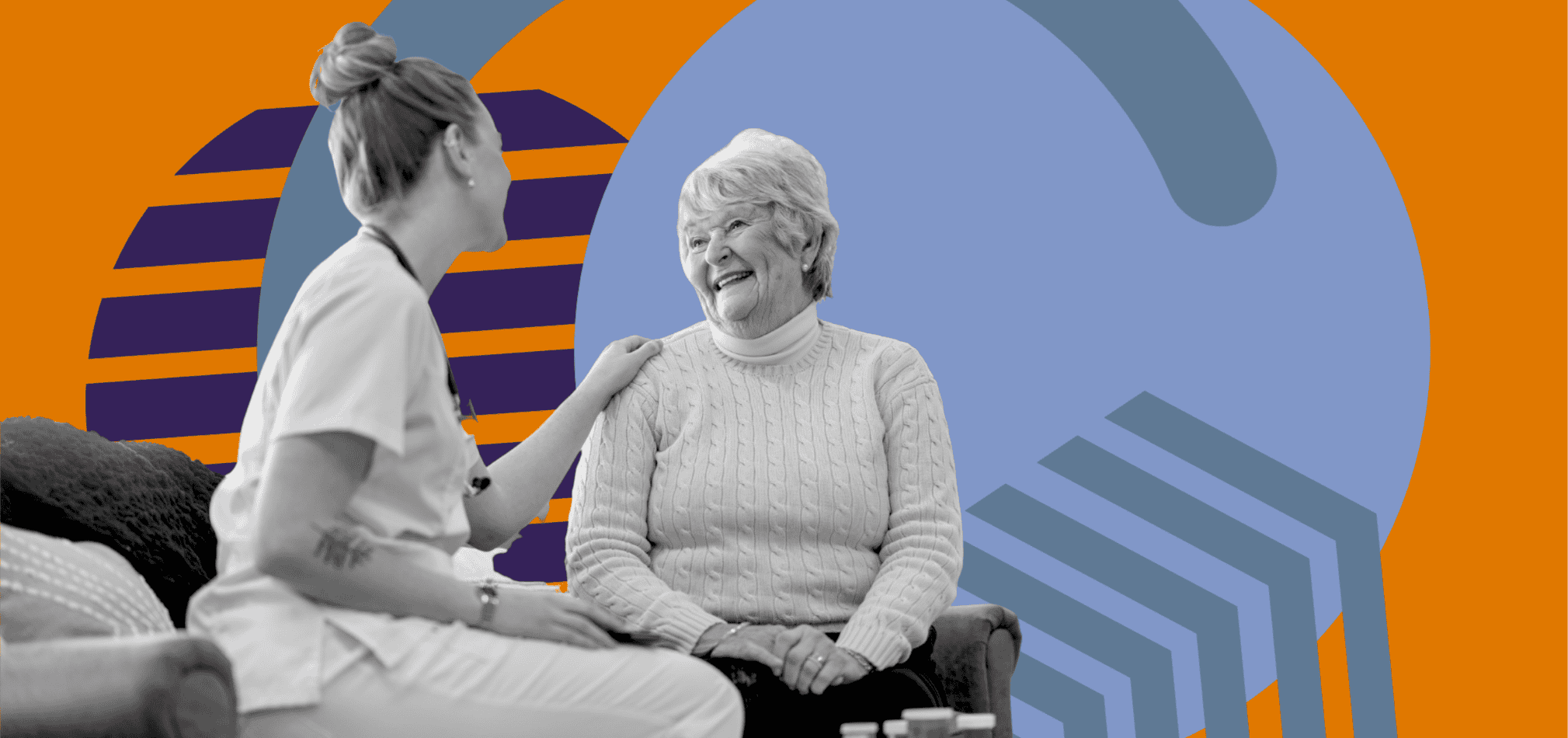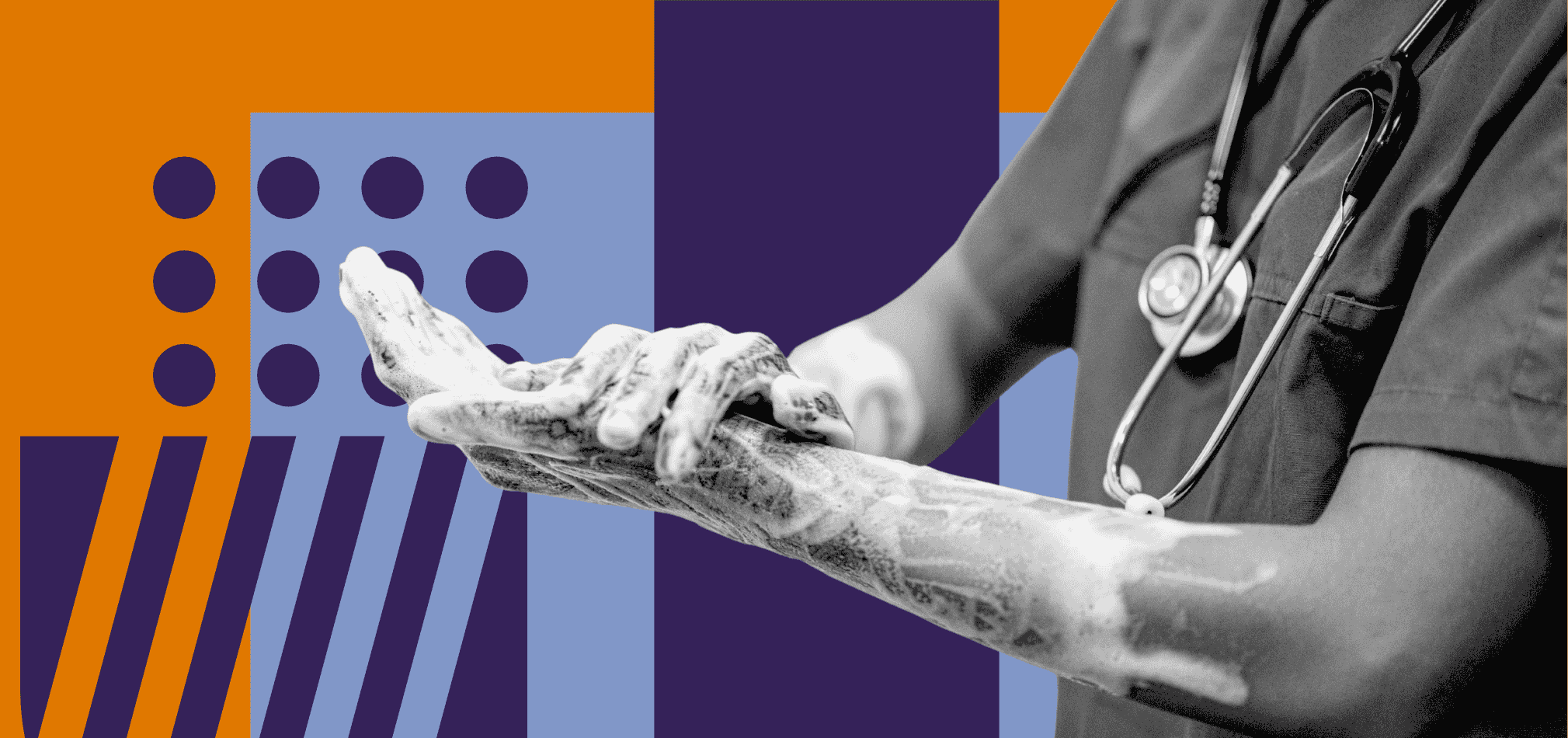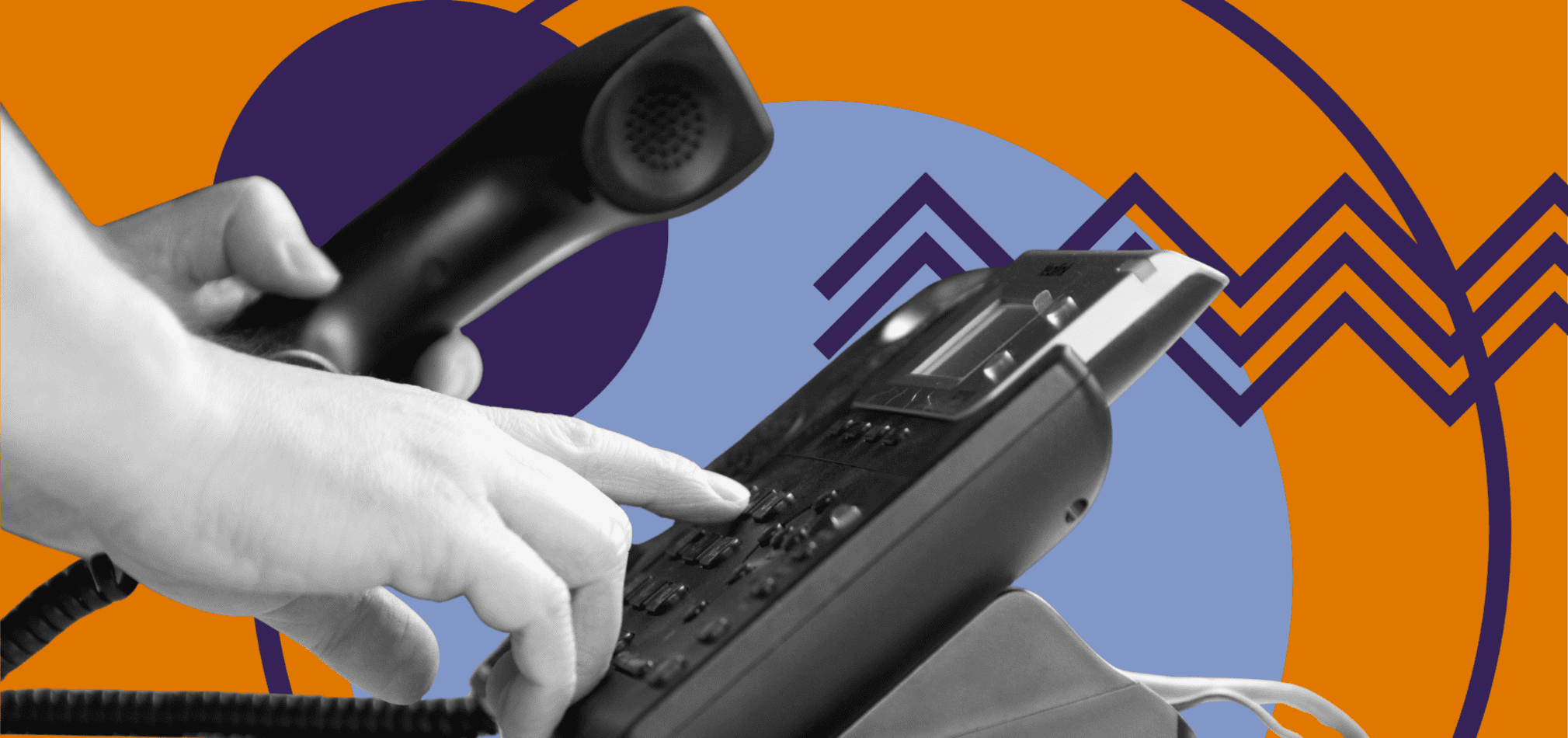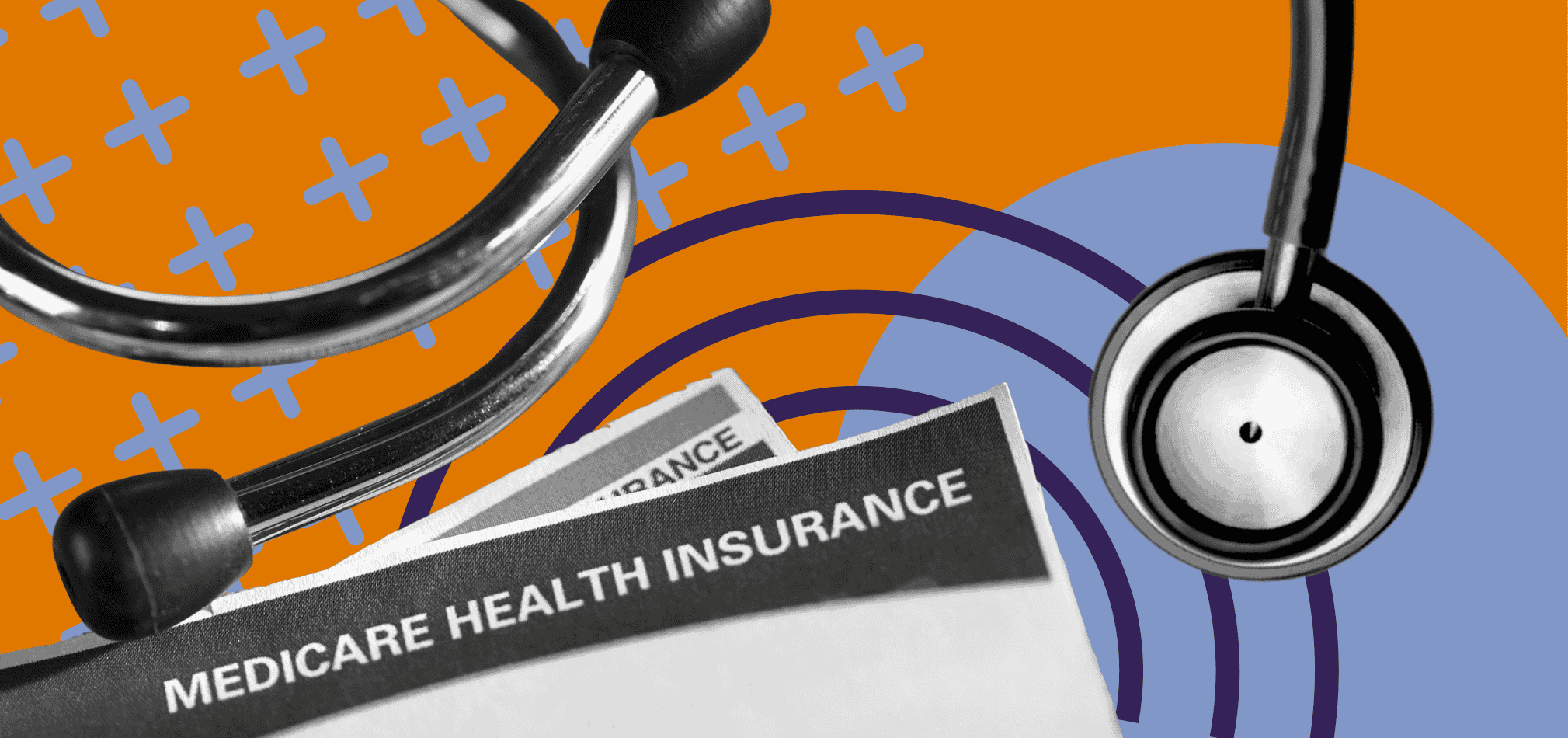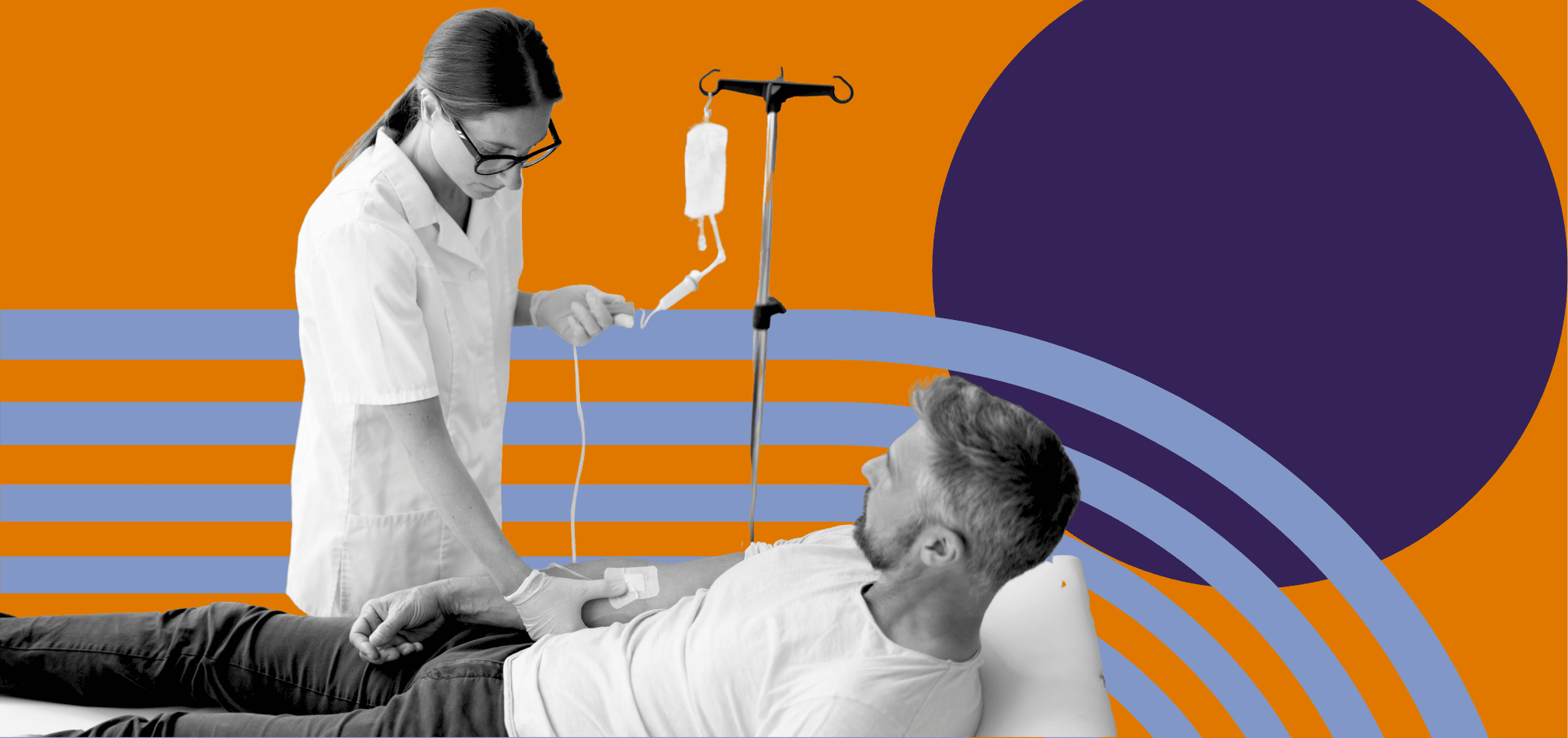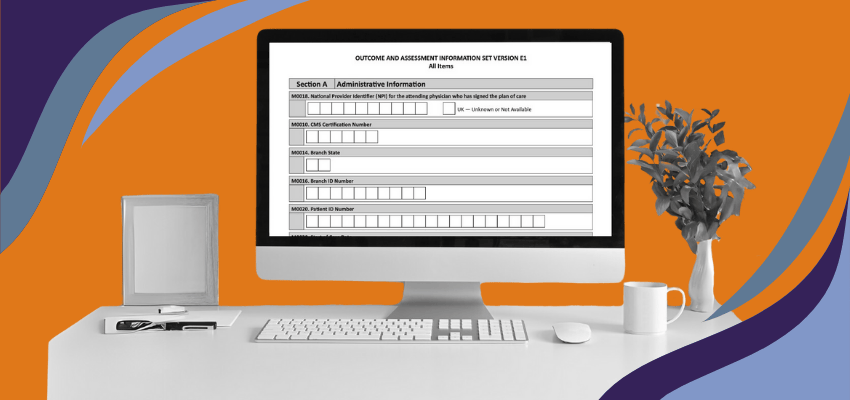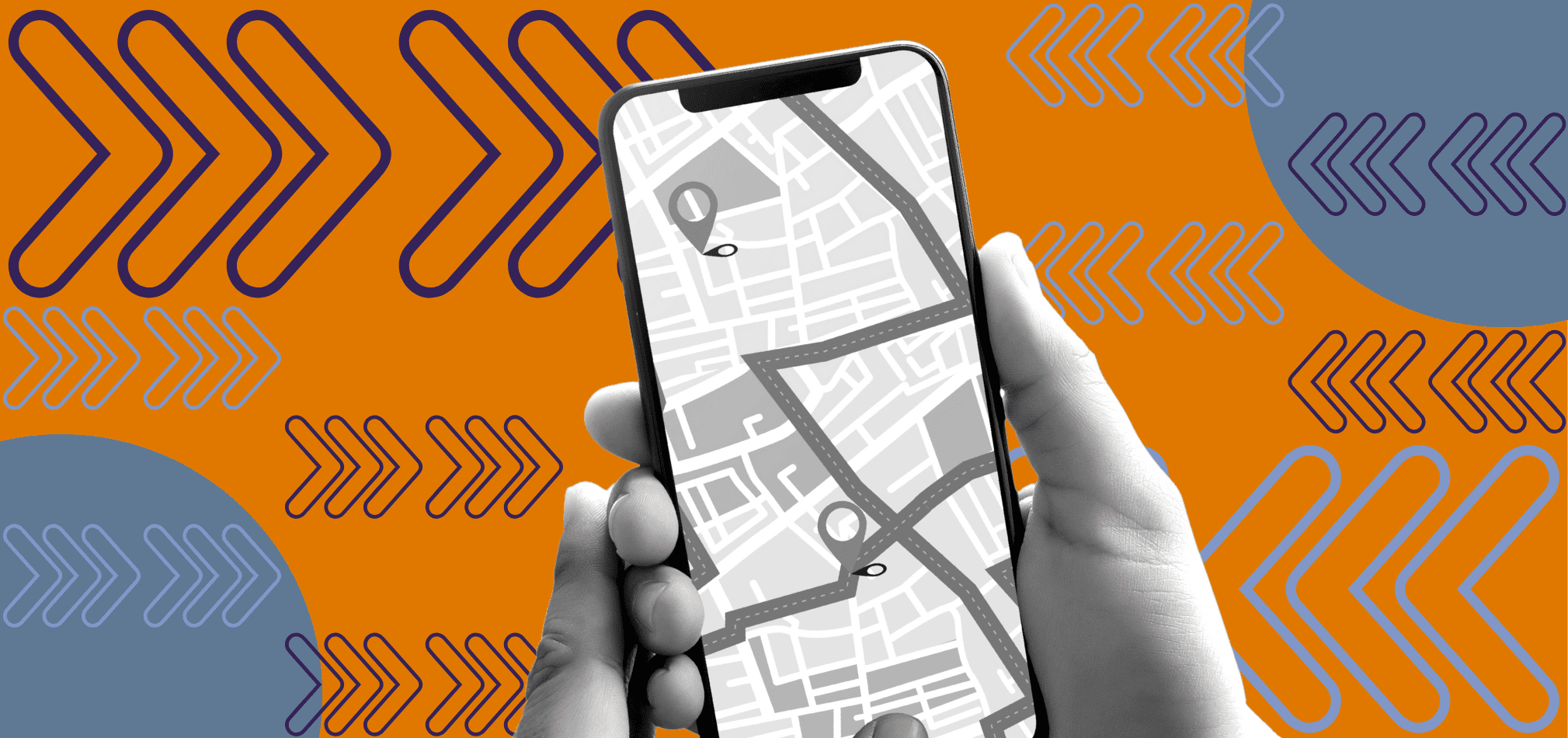Immediate Jeopardy in Home Health and Hospice Care Explained
December 16th, 2024
7 min read
By Abigail Karl

Immediate Jeopardy (IJ) situations are among the most serious regulatory concerns in home health and hospice care. They have potential to endanger patient lives if left unaddressed. Navigating an IJ scenario requires three things:
- a solid understanding of the criteria,
- a solid understanding of the implications,
- and steps to take to avoid long-term consequences for both patients and providers.
At The Home Health Consultant (THC), we formed our Administrative Compliance program to aid agencies in preventing IJ situations at all cost. The best way to do so, in our experience, is perfecting a process for ongoing compliance.
Here’s what we’ll review in this article:
-
What is an Immediate Jeopardy Situation?
Understand what qualifies as an IJ and why surveyors take them so seriously. -
How Immediate Jeopardy Situations Compare to Other Deficiencies
See how IJs stack up against standard and conditional deficiencies—and what sets them apart. -
What Happens When an Immediate Jeopardy Situation is Declared?
Learn what to expect if your agency is issued an IJ and the timeline to respond. -
Reacting to an IJ Situation: What is ‘Immediate Jeopardy Abatement?’
Discover how to take corrective action quickly—and why timing is everything. -
How We Prefer to Address Compliance: Why We Do Not Offer IJ Consulting
Understand our approach to ongoing compliance and why we focus on prevention, not crisis response. -
How to Prevent Immediate Jeopardy Situations
Explore proactive strategies from staff training to consistent QAPIs, that help you stay survey-ready. -
What to Do if You're Still Stressed About Immediate Jeopardy...
Get support and peace of mind with tools and guidance designed to help you stay compliant year-round.
By the end of this article, you'll have the knowledge and tools to spot risks early, take preventive action, and protect both your agency and your patients from the consequences of Immediate Jeopardy.
What is an Immediate Jeopardy Situation?
An Immediate Jeopardy (IJ) situation occurs when there is an immediate risk to patient life or safety. This immediate risk is caused by noncompliance with health and safety regulations.
IJs are rare but serious, arising from severe safety lapses or failures in care. For example, using equipment incorrectly with high-risk patients can pose IJ-level risks. Failing to use a Hoyer lift according to manufacturer guidelines can lead to severe injury or death.
There are some nuances here to be aware of. For example, let’s say none of your agency's clinicians are trained on how to use a Hoyer lift. This could be a serious issue. If your agency is not referred patients whose care requires use of a Hoyer lift, the issue would never come up.
For an IJ situation to be declared, a surveyor must be physically present at your agency. They must also identify a specific issue that poses a direct threat to patient safety and life.
How Immediate Jeopardy Situations Compare to Other Deficiencies
Deficiencies in healthcare are categorized by their severity and risk level. IJs represent the highest level of concern, as they involve an imminent risk to health or safety. In contrast:
Medicare CoP Standard Deficiencies: are isolated regulatory breaches that do not pose immediate risk but indicate areas for improvement. They typically involve minor oversights or limited documentation errors. Standard deficiencies will not cause you to fail a survey.
Medicare CoP Conditional Deficiencies: more serious compliance issues involving multiple failures to meet condition standards. While they don’t pose an immediate risk to patients, they will result in a failed survey.
Immediate Jeopardy Situation: state that immediate action is necessary to mitigate risk. Immediate Jeopardy situations address risks that pose an immediate threat to patient's life and safety. Intervention is required beyond the scope of standard or conditional deficiencies.
What Happens When an Immediate Jeopardy Situation is Declared?
When surveyors from CMS, a state agency, or an accreditor declare IJ, the facility is required to take immediate corrective actions. This process begins with the surveyor issuing a formal IJ declaration document that states the cause for the violation.
When handed this document, you, the owner or administrator, must sign it, write the date, and write the exact time you were made aware of the violation. Upon receiving this form, the agency has a limited timeframe —typically 23 days—to resolve the issue, during which daily fines can be applied until the IJ is addressed.
These fines can vary depending on the size of your agency and the severity of the violation. They could be anywhere above or below $400 per day to $10,000 per day until the issue is resolved. For an IJ situation to be declared, you are already in the most severe section of noncompliance. There is little to no leniency or grace granted to agencies in these situations.
Failure to resolve the situation can result in termination of Medicare certification. While this doesn’t affect your state licensure in California (your ability to operate and accept patients), it can be extremely detrimental. In many cases, Medicare termination effectively shuts down an agency's operations, if Medicare was their main payor.
Oftentimes, even when agencies try to switch to billing private insurance following an IJ declaration, they still encounter issues. Many private insurance companies require Medicare certification and often an accreditation. An IJ situation that escalates to provider termination can result in private insurance contract terminations.
Reacting to an IJ Situation: What is ‘Immediate Jeopardy Abatement?’

Reacting promptly and effectively to an IJ situation is essential to avoid severe penalties:
1. Initiate Immediate Jeopardy Abatement: The agency must establish a plan to ensure patient safety and rectify the underlying issues. Steps include:
Initiate Immediate Jeopardy Abatement: The agency must establish a plan to ensure patient safety and rectify the underlying issues. Steps include:-
- clearly and verbally use the term “immediate jeopardy abatement” with the surveyor
- identifying affected patients
- implementing corrective actions
- conducting thorough documentation to verify compliance
Immediate Jeopardy Abatement involves taking all necessary steps to abate risk. This must be communicated to and approved by the overseeing surveyors.
If an Immediate Jeopardy Situation is declared, your agency’s best bet is solving the issue before the surveyors physically leave. If you are able to do this right then and there, which is more than just a daunting task, you can potentially avoid the costly daily fines.
IJ abatement only works when the surveyors are onsite during an active survey. Once the survey is done, the only remaining option is a Plan of Corrections and resurvey.
2. Speak to Surveyors: Surveyors may not provide extensive information about next steps. So, agencies should ask clear, specific questions to confirm the actions required to address the IJ declaration. Using the term “immediate jeopardy abatement” can speed up approval and demonstrate a proactive approach to safety.
Surveyors tend to be reluctant to work with agencies during an IJ declaration. This makes it even more difficult to appeal, and even more important to avoid IJ situations at all costs.
3. Engage in Legal & Compliance Support: Consulting legal and compliance professionals can help agencies avoid common pitfalls when navigating IJ responses, especially given the high stakes, short timeframes and legal implications of noncompliance.
How We Prefer to Address Compliance: Why THC Does Not Offer Immediate Jeopardy Resolution Consulting
The Home Health Consultant (THHC) does not offer immediate jeopardy consulting due to the intensive nature of these cases. At THHC our company mission is to maintain constant compliance by providing structure, guidance, and resources. The short time frames, 23 days from IJ declaration to full resolution, create constant crisis mode. This deters from our focus on crisis prevention.
The rarity and complexity of IJ situations also mean that few consultants are equipped to handle them. There are only several consulting companies that offer Immediate Jeopardy services in the US. You’ll find two of the companies that do linked below.
How to Prevent Immediate Jeopardy Situations

Similar to the way we battle viruses, prevention is the best defense against IJ situations. Proactive measures in training, compliance, and monitoring can help agencies avoid critical deficiencies. Here’s a guide on prevention strategies:
1. Comprehensive Staff Evaluations and Training: Regular evaluations and training on:
Comprehensive Staff Evaluations and Training: Regular evaluations and training on- equipment use,
- patient care protocols,
- and safety procedures
...are essential and legally required. Staff must be competent in high-risk areas like:
- medication administration,
- infection control,
- and equipment handling (e.g., Hoyer lifts)
Agencies should conduct skills assessments regularly, focusing on areas prone to Immediate Jeopardy (IJ). These areas will depend on the agency's patient population. Completing required in-service training keeps staff knowledgeable and compliant.
2. Strengthen Documentation Practices: Maintaining clear, thorough, and up-to-date documentation of patient interactions, medications, and care plans is crucial. In IJ situations, not having well-documented charts amplifies liability.
Maintaining clear, thorough, and up-to-date documentation of patient interactions, medication, and care plans is crucial. In IJ cases where noncompliance is declared, not having well-documented charts amplifies liability.Using digital systems can help prevent oversights and ensure compliance with regulatory requirements. Timely submission of documentation ensures your agency is aware of patient care trends and potential issues as they arise.
3. Frequent Communication and Incident Reporting: Encourage open lines of communication among staff and patients. This makes reporting concerns or issues as they come up easier. Regular team meetings and clear incident reporting protocol ensure that potential risks are addressed quickly and effectively.
Frontline staff are often the first to spot safety concerns. Thus fostering an environment where they feel comfortable speaking up and flagging serious issues.
4. Regularly Review and Update Patient Care Plans: especially for high risk cases (patients with complex medication schedules or those who require specific equipment). This ensures care is consistently appropriate and up-to-date.
5. Create a Compliance Plan: Ensure staff follow regulations by implementing a plan to evaluate all processes for compliance. This should be completed annually at least. Consulting with compliance experts can help agencies stay informed on current CMS and state guidelines. In doing so, you avoid unintentional noncompliance.
Compliance experts can also provide guidance on other complex regulatory matters. This can include patient rights, hiring qualified staff, and best practices when it comes to compliance.
6. Ensure a Well-Functioning QAPI Program: Systematic issues arise more than you think, especially in business growth periods. Having a process to identify, analyze, and solve issues is critical. Ensuring a culture of quality and safety starts at the top. Agency leaders must provide the appropriate resources (time, staff, and funding) to make sure QAPI efforts are effective and meaningful.
By implementing these preventative measures, home health and hospice agencies can:
- Reduce the likelihood of IJ situations
- Ensure regulatory compliance
- create a safer environment for their patients
What to Do If You're Still Stressed About Immediate Jeopardy
While Immediate Jeopardy situations are rare, their impacts on home health and hospice agencies are severe. Being prepared to handle these situations effectively—with prompt action, thorough documentation, and professional guidance—can make all the difference.
If the risk of Immediate Jeopardy is keeping you up at night, take proactive steps to protect your agency and streamline compliance. At THHC, our Administrative Compliance Program builds a customized framework to handle critical administrative tasks, so you can focus on delivering quality care without the added stress of regulatory hurdles.
Let us help you prevent Immediate Jeopardy situations and build stronger, lasting compliance. Click below to learn how our Admin Compliance Program works and how it keeps your agency survey-ready all year long.
If you're ready to take the next step, reach out today for a free consultation to see how we can help your agency survive & thrive.
*This article was written in consultation with Mariam Treystman.
*Disclaimer: The content provided in this article is not intended to be, nor should it be construed as, legal, financial, or professional advice. No consultant-client relationship is established by engaging with this content. You should seek the advice of a qualified attorney, financial advisor, or other professional regarding any legal or business matters. The consultant assumes no liability for any actions taken based on the information provided.






